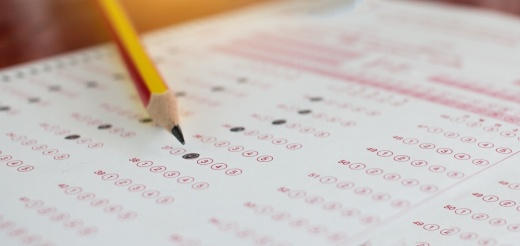HISD students saw the steepest declines in math results, with 34% of eighth-graders considered to be Approaching Grade Level in 2021, compared to 72% in 2019, according to TEA data. For students statewide, the percentage approaching grade level fell from 81% of eighth-graders in 2019 to 60% in 2021.
The drop in reading scores was not at steep for HISD students. The biggest drop was seen among fourth-graders, with 68% Approaching Grade Level in 2019 compared to 56% in 2021.
Scores dropped across all subject areas—both statewide and at HISD—with the exception of English I and English II end-of-course scores, where minor improvements were made between 2019 and 2021. A statement released by the HISD press office June 29 said the district is concerned about the learning loss that came as a result of the coronavirus pandemic. A full return to in-person instruction will take effect when the 2021-22 school year begins this fall.
"The recent STAAR test results provide us an opportunity to address student academic needs and utilize resources to regain learning," the statement read. "HISD is adding 15 additional days of instruction and returning to 100% in-person instruction in the fall. We expect this will produce better student outcomes. Additionally, we are formulating plans that will mitigate students’ lost time and improve educational performance."
The trend is reflective of a broader drop-off seen across the state, including in other Houston-area school districts, such as Cy-Fair ISD and Tomball ISD. In a June 28 press conference, TEA Commissioner Mike Morath said participation on assessments in 2021 came in around 87% statewide, down from a normal rate of 96% for spring tests.
There was a 4% decline statewide in the percentage of students who are reading at or above grade level from 2019, and a 15% decline in the percentage of students that are doing math at or above grade level from 2019, Morath said. The lowest declines were seen in areas where between 76%-100% of students were attending classes in-person, he said.
“Where there was very significant rates of remote instruction, we saw the most significant declines in student proficiency," Morath said. “While I think Texas teachers responded heroically to the remote instruction environment, it was just a very difficult environment to teach in and to support students throughout the course of the school year.”
Correction: The original version and headline for this article incorrectly said the STAAR results are preliminary. The scores are official.





